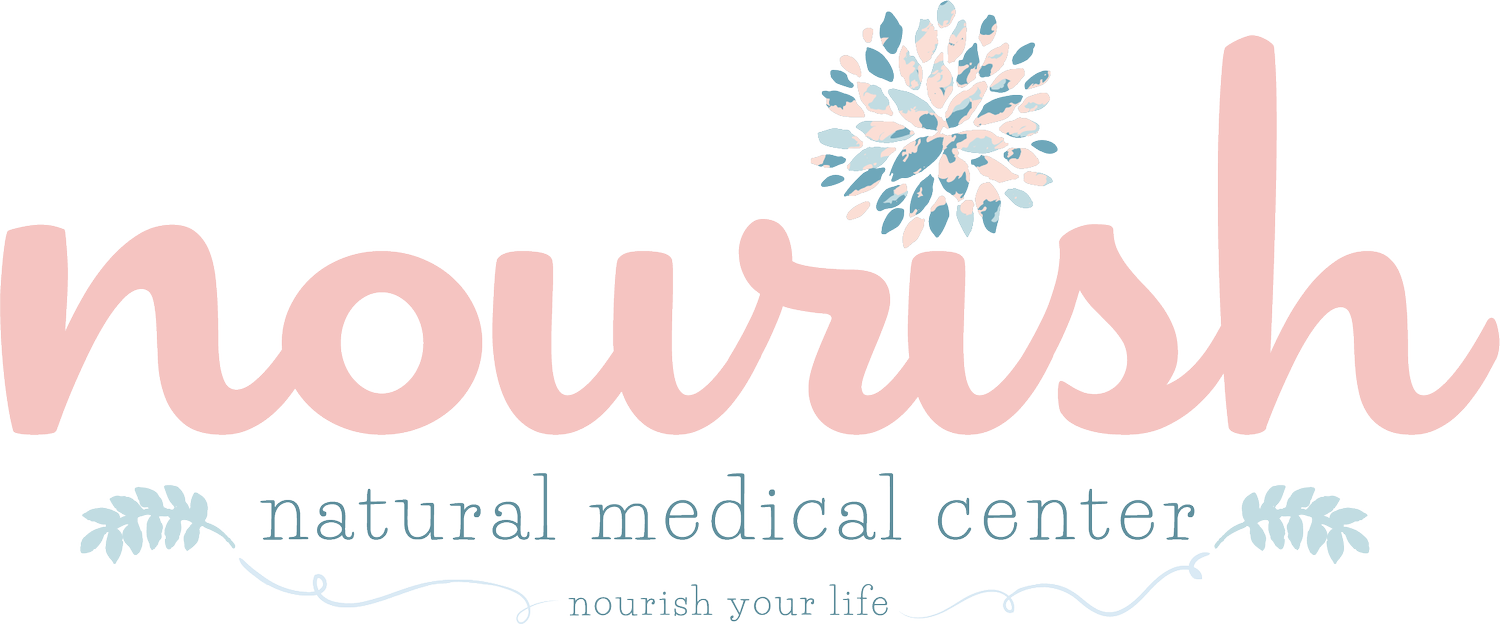5 Breastfeeding Problems Solved
Why breastfeeding is a benefit to your child is common knowledge: giving your baby the best nutrition possible, increased immune protection and bonding. However there are also some wonderful benefits that breast feeding provides to mom. First, nursing will stimulate the uterus to contract after birth, which decreases postpartum bleeding.
Breastfeeding also decreases the risk of several cancers and disease in the mother including: breast cancer, ovarian cancer, uterine cancer and osteoporosis. Some studies also show a link between a decrease in postpartum depression and anxiety in breastfeeding mothers. Finally, some new moms find that they can lose their baby weight more quickly if they are breastfeeding. With all of the benefits of breastfeeding, there can be many hiccups along the way that may dissuade moms from continuing to breastfeed. Here are some tips that might help those mom’s along the way get back on track. Always remember there is something that can be done, so if none of these work be sure to call your naturopathic doctor.
Nipple soreness: Temporary soreness is common when the baby is just starting to breastfeed. However, severe continued pain is not normal and should be evaluated by your doctor.
Make sure the areola and nipple are being grasped rather than just the nipple.
Air dry the nipples after feedings
Avoid washing the nipples too much and use only water or a mild soap
Offer least sore breast first and switch to other breast after milk let down
Vary breast feeding positions
Cabbage poultice: Take cabbage leaves, get rid of vein and pound them out and wrap around breast and areola, leaving the nipple exposed. Change every 30 minutes or sooner if they become wilted. Check breasts often and as soon as milk begins to drip, or breasts feel ‘different’, remove leaves and try to nurse or pump. Re-apply as needed (up to 3 times between feedings)
Cracked nipples
Between feedings apply to the nipple: Organic nipple cream such as Earth Mama Baby Angel, Green Goo Nursing Cream, MotherLove Nipple Cream
Coconut oil alone or mixed with lavender (be sure to wash nipple before next feeding if using lavender)
Hydrogel pads
Plugged ducts: Tenderness, heat and redness in one area of the breast or a lump that can be felt close to the skin.
Continue nursing and vary positions
Do a gentle persistent massage of the duct to relieve the lump
Make sure your nursing bra is not too tight
Apply a warm, moist compress to area before nursing
Use a soni-care toothbrush or a vibrating massager to the nipple to unplug duct
Lavender applied to the clogged duct, avoiding the nipple
Engorgement
Consider expressing milk manually or with a pump just ‘to comfort’
Alternate between warm showers and cold compresses to help relieve the discomfort
Peppermint applied to the breast tissue avoiding the nipple can decrease milk supply
Low milk supply
Stress decreases milk let down, so use any stress management skill you have to help reduce your stress such as meditation, prayer, yoga, or breathing techniquesMake sure you are eating enough calories: Mom needs about 500 extra calories daily in the postpartum to support adequate milk production
Increase water intake to a gallon/day.
Lactation support or Mother’s Milk Tea
Lactation support supplements
Make lactation cookies: see our previous blog for a gluten free, dairy free recipe.
Increase foods which help enrich milk supply: oats, barley, peas, legumes, walnuts, almonds, sunflower, sesame, flax seed, pumpkin, chicken soup, dill, garlic, fennel, caraway, anise, cinnamon, fenugreek seeds, coriander, ginger, sweet potatoes, asparagus, chickpeas (hummus), sesame seeds (tahini), carrots, garlic, spinach, beets, brown rice, green papayas, basil, salmon and apricots.


